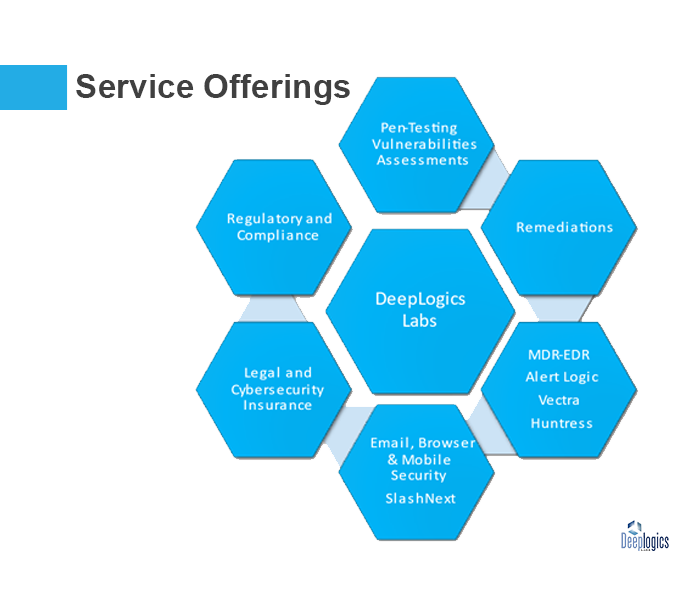
What is Cybersecurity?
Cyber security refers to every aspect of protecting an organization and its employees and assets against cyber threats. As cyberattacks become more common and sophisticated and corporate networks grow more complex, a variety of cyber security solutions are required to mitigate corporate cyber risk.:
Achieving Comprehensive Cybersecurity with Check Point A modern cybersecurity infrastructure is one that is consolidated and built from solutions that are designed to work together. This requires partnering with a security provider with experience in protecting all of an organization’s assets against a range of cyber threats. .
The Different Types of Cybersecurity Cyber security is a wide field covering several disciplines. It can be divided into seven main pillars: 1. Network Security Most attacks occur over the network, and network security solutions are designed to identify and block these attacks. These solutions include data and access controls such as Data Loss Prevention (DLP), IAM (Identity Access Management), NAC (Network Access Control), and NGFW (Next-Generation Firewall) application controls to enforce safe web use policies. Advanced and multi-layered network threat prevention technologies include IPS (Intrusion Prevention System), NGAV (Next-Gen Antivirus), Sandboxing, and CDR (Content Disarm and Reconstruction). Also important are network analytics, threat hunting, and automated SOAR (Security Orchestration and Response) technologies. 2. Cloud Security As organizations increasingly adopt cloud computing, securing the cloud becomes a major priority. A cloud security strategy includes cyber security solutions, controls, policies, and services that help to protect an organization’s entire cloud deployment (applications, data, infrastructure, etc.) against attack. While many cloud providers offer security solutions, these are often inadequate to the task of achieving enterprise-grade security in the cloud. Supplementary third-party solutions are necessary to protect against data breaches and targeted attacks in cloud environments. 3. Endpoint Security The zero-trust security model prescribes creating micro-segments around data wherever it may be. One way to do that with a mobile workforce is using endpoint security. With endpoint security, companies can secure end-user devices such as desktops and laptops with data and network security controls, advanced threat prevention such as anti-phishing and anti-ransomware, and technologies that provide forensics such as endpoint detection and response (EDR) solutions. 4. Mobile Security Often overlooked, mobile devices such as tablets and smartphones have access to corporate data, exposing businesses to threats from malicious apps, zero-day, phishing, and IM (Instant Messaging) attacks. Mobile security prevents these attacks and secures the operating systems and devices from rooting and jailbreaking. When included with an MDM (Mobile Device Management) solution, this enables enterprises to ensure only compliant mobile devices have access to corporate assets. 5. Application Security Web applications, like anything else directly connected to the Internet, are targets for threat actors. Since 2007, OWASP has tracked the top 10 threats to critical web application security flaws such as injection, broken authentication, misconfiguration, and cross-site scripting to name a few. With application security, the OWASP Top 10 attacks can be stopped. Application security also prevents bot attacks and stops any malicious interaction with applications and APIs. With continuous learning, apps will remain protected even as DevOps releases new content. 6. Zero Trust The traditional security model is perimeter-focused, building walls around an organization’s valuable assets like a castle. However, this approach has several issues, such as the potential for insider threats and the rapid dissolution of the network perimeter. As corporate assets move off-premises as part of cloud adoption and remote work, a new approach to security is needed. Zero trust takes a more granular approach to security, protecting individual resources through a combination of micro-segmentation, monitoring, and enforcement of role-based access controls.